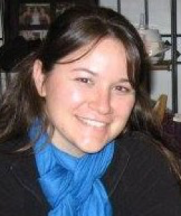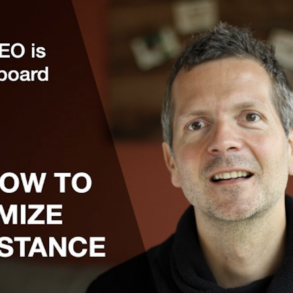By Anna Emrick for Enlivening Edge Magazine
I began working with my current organization about a year ago, near the beginning of our transition into a Teal structure. Although it is a well-established nonprofit organization of 77+ years, the ground was still settling in terms of how a Teal organization “should” function, and even today the way we work within the organization changes as the ideas continue to flow and as people change.
We use the Holocratic model (see Holacracy One), in which roles within the organization are created and assigned according to skill, talent, and interest. It is an elegant way of structuring the work each of us does in service to the organization. It was in this way that I became responsible for pieces of what is known, in traditional organizations, as the Human Resources department.
With the transition to a Teal model, there was a need for updates to many of our financial, people-related, and operational policies and procedures. Especially because of my newness to the Teal mindset and framework, it took a while to get grounded enough in Teal to work effectively on such policies and procedures.
One must understand Teal in more than a superficial manner in order to dive into policies on employee treatment and retention, budgeting methods, performance evaluation and compensation setting, conflict resolution, and the like.
There are three individuals on our People team (holding roles related to how the People and the organization interact), and the first big process we tackled was for performance evaluation and compensation setting.
With no US-based models obviously available to us, and myriad legalities to work around, we started with a pretty simple thinking exercise, asking questions like, “what would the ideal be in terms of evaluations,” “how many people should and can be involved,” “what do we hope an individual will get out of the process,” and so on.
From there, we wrote up a simple structure, then elaborated that, and over a few months the process became a coherent, clear, and meaningful example of how the people of the organization are valued, and how we can appreciate one another in a structured way within the confines of employment and privacy law.
Although the end product is something that fits us well, it was quite a new experience to create an employment process that simultaneously meets the needs of an evolving, enlightened organization and those of a structured and hierarchical set of laws.
Perhaps it’s a narrow view, but with the massive amount of legalese around employment practice in the US, it feels that the transition to Teal here may have an added layer of difficulty over other countries (at least in terms of policy).
Perhaps not, or perhaps the tensions of transition are felt differently depending on where you are and what lens you carry. Near the beginning of this work, we looked to a variety of sources to try to glean perspective and knowledge about these matters, with limited success.
Although there seem to be a number of businesses moving toward Teal models, very little was publicly documented and available; thus, we worked to incorporate elements, language, and structure which made sense to us and fell within the confines of the law.
As we work through other organizational processes and policies, there’s an ongoing list of research to do, and luckily another nonprofit recently shared many of their policies with us in an effort to learn from one another. However, the work of creating ground-breaking employment policy and procedure from scratch provides a unique opportunity to practice critical thinking and to sense deeply into the organization’s purpose, direction, and needs.
 Anna Emrick works in areas of Finance, Operations, Membership, and Database with the Biodynamic Association (www.biodynamics.com). Her interests and experience overlap nicely with her current work, which includes updating many policies and procedures and working with a courageous and kind group of colleagues toward improving the food system.
Anna Emrick works in areas of Finance, Operations, Membership, and Database with the Biodynamic Association (www.biodynamics.com). Her interests and experience overlap nicely with her current work, which includes updating many policies and procedures and working with a courageous and kind group of colleagues toward improving the food system.





Hi really interested in learning more about your experience in building the comp and performance systems. Our org (a global non profit) is also grappling with such quesrions as we go through our journey of teal. Would love to have a dialogue on all this 🙂
Thank you Anna for this inspiring blog!
Thank you Marwa for your inspiring curiosity!
If you both took your exploration of the question to https://www.facebook.com/groups/enliveningedge/, there would be more people who could benefit from and contribute to it.